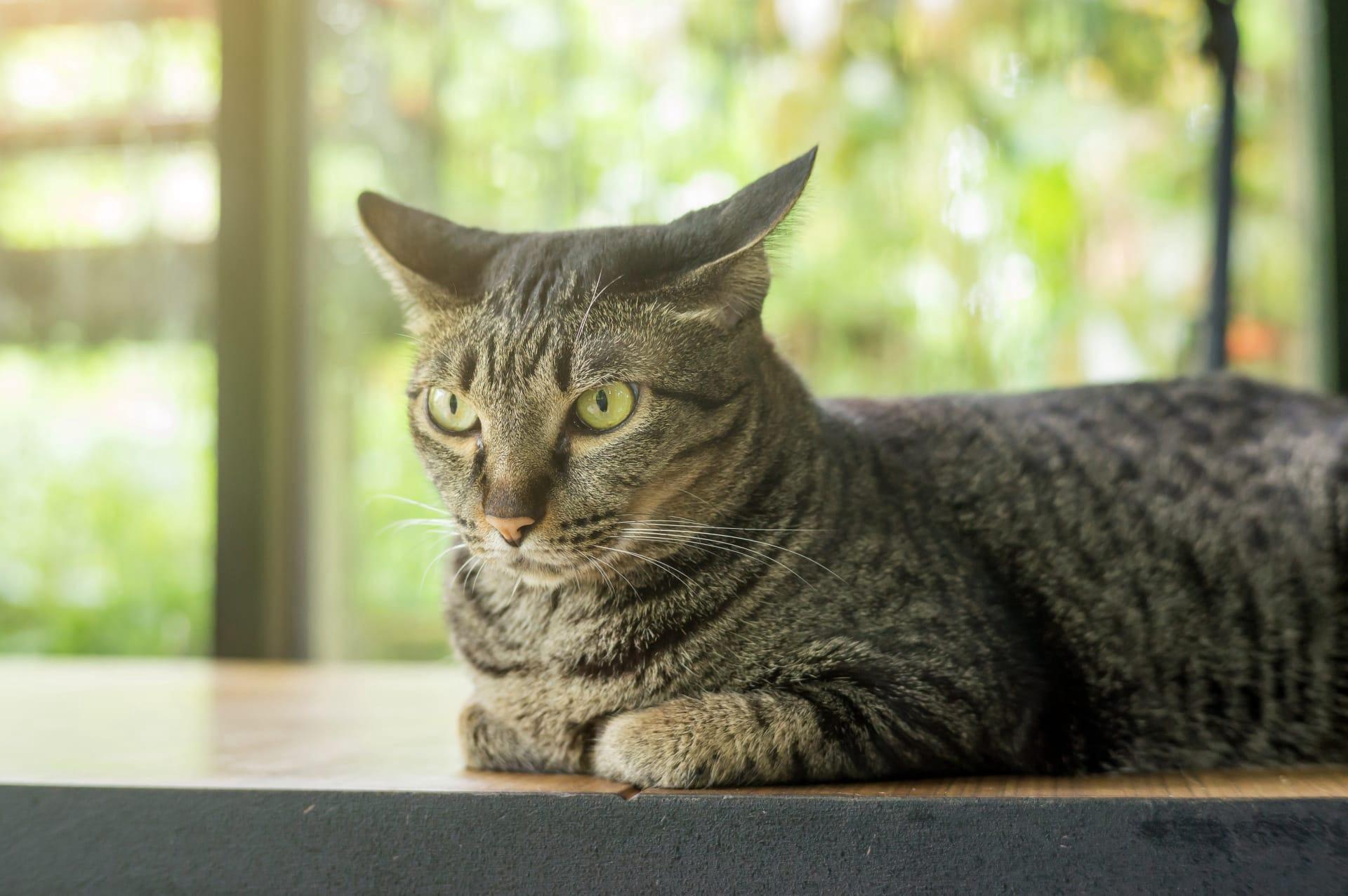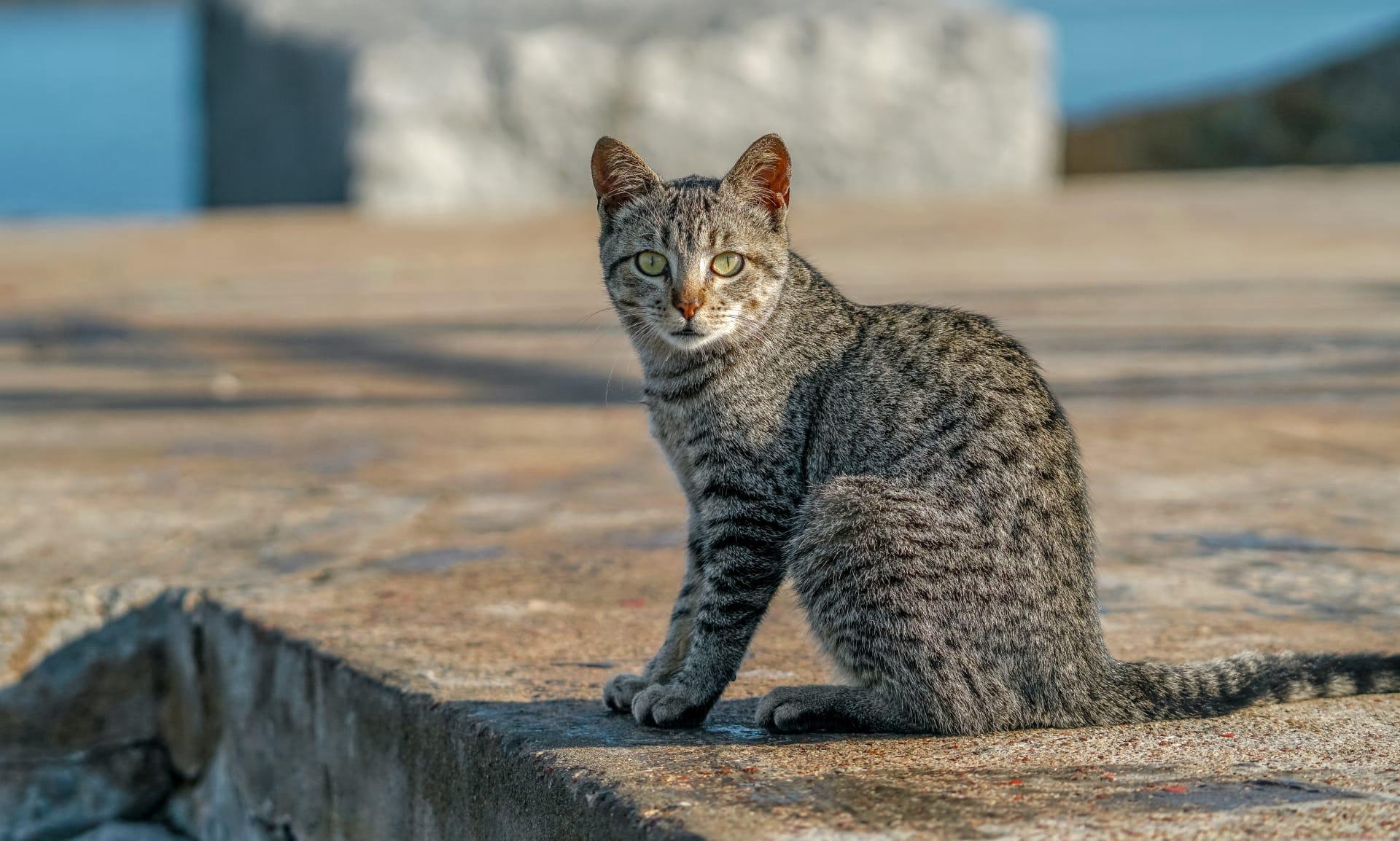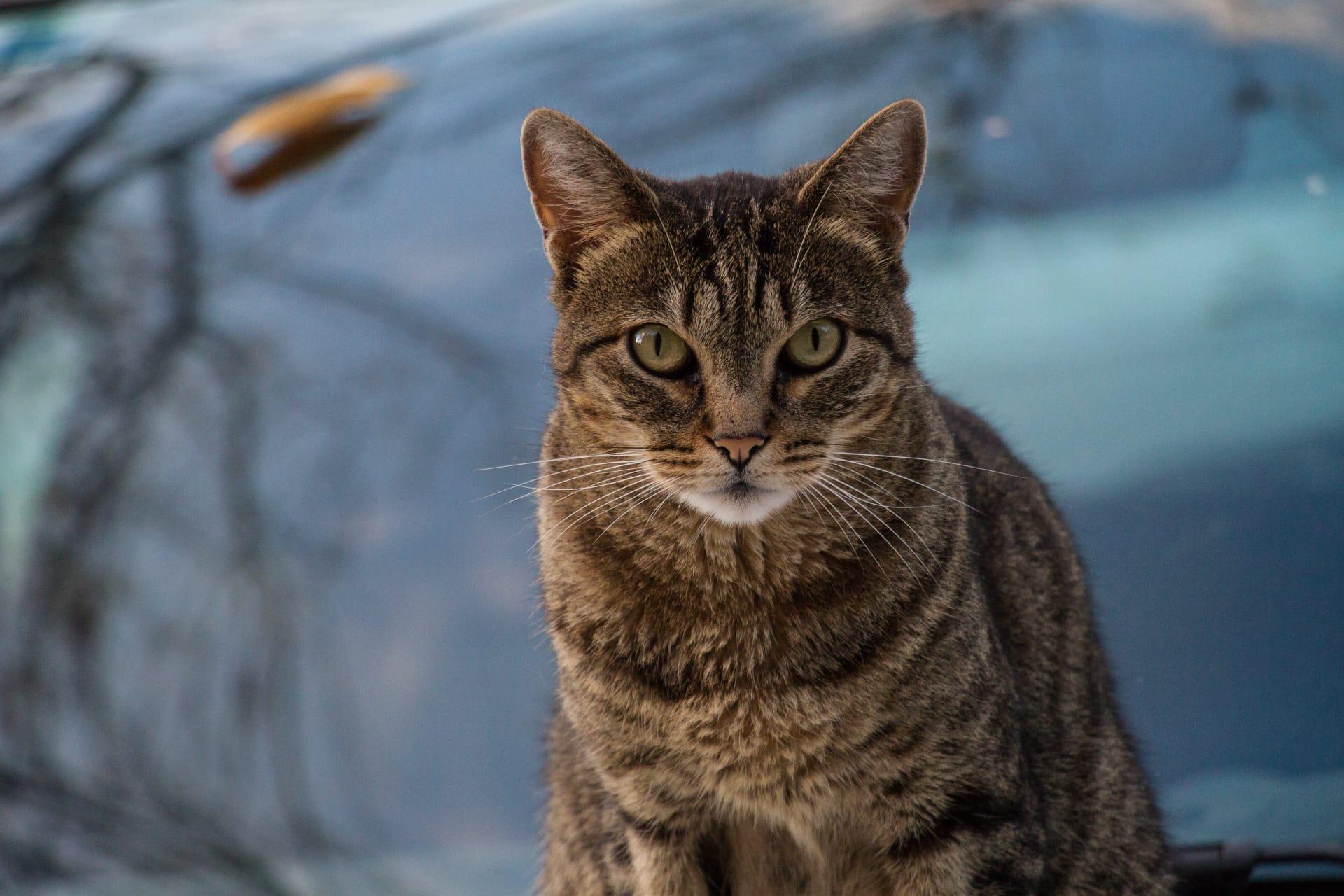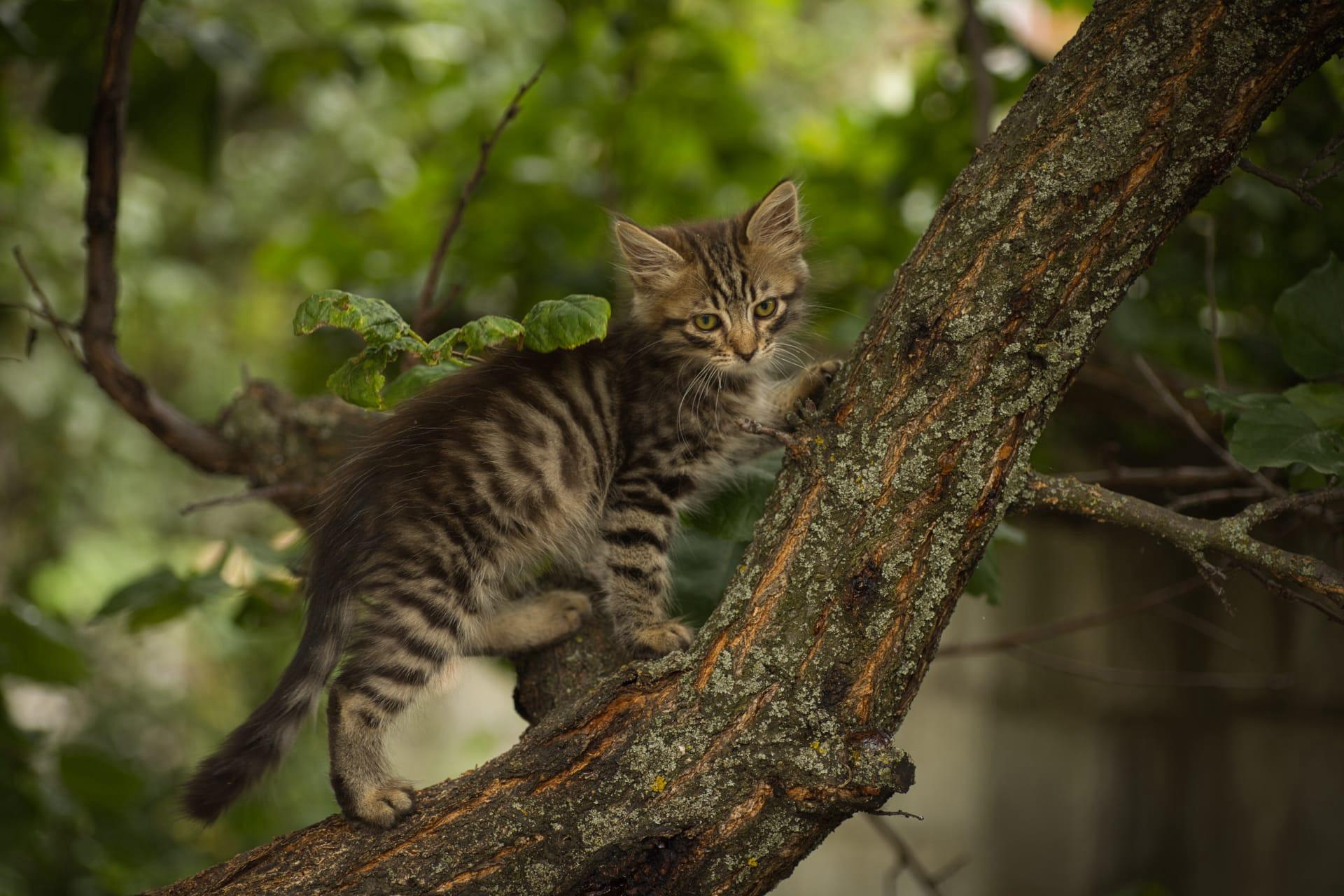Ocicat Cat Trivia
- Home /
- Trivia Question /
- Animal /
- Ocicat Cat Trivia
1
Question: What is the origin of the Ocicat breed, and how was it developed?
Answer: The Ocicat breed originated in the United States in 1964, a result of an experimental breeding between a Siamese and an Abyssinian. The initial goal was to create an Abyssinian-pointed Siamese, but one of the kittens, named Tonga, displayed a unique spotted coat resembling a wild ocelot. Although Tonga was neutered and did not directly contribute to the Ocicat lineage, his appearance inspired further breeding efforts using Siamese, Abyssinian, and later, American Shorthairs to establish the breed with its distinct spotted look and sociable nature.
Question: How does the Ocicat's personality distinguish it from other cat breeds?
Answer: The Ocicat is renowned for its exceptional social and outgoing personality, often compared to dogs in its loyalty and affection towards its owners. This breed is highly interactive, enjoys playing fetch, and can be trained to perform tricks and walk on a leash. Their sociable nature makes them excellent companions for families and active individuals. Unlike more aloof cat breeds, Ocicats thrive on attention and engagement, making them a unique blend of feline grace and canine-like behavior.

2
Question: Is it true that Ocicats require outdoor access to be happy?
Answer: A common misconception about Ocicats is that they need outdoor access to fulfill their adventurous spirit. However, they are perfectly content living indoors as long as they are provided with ample stimulation. Interactive toys, climbing trees, and regular playtime can adequately satisfy their active and curious nature without the risks associated with outdoor life.
Question: Do Ocicats have a wild temperament due to their exotic appearance?
Answer: Despite their wild, ocelot-like appearance, Ocicats are not wild in temperament. They are actually one of the most affectionate and friendly cat breeds. Their behavior is more akin to that of a traditional domestic cat, with a playful, engaging, and loving disposition. They enjoy being part of the family and are known for their sociable and people-oriented personalities.

3
Question: What are the grooming requirements for an Ocicat?
Answer: Ocicats have a short, sleek coat that is relatively low-maintenance. They require only occasional brushing, about once a week, to remove loose hair and distribute skin oils. Their coat's satiny texture means they shed less than some other breeds, making them an easier companion for keeping the house free of fur. Regular nail trimming, ear cleaning, and dental care are also recommended to keep them in top health.
Question: How does the Ocicat's diet differ from other cats?
Answer: The Ocicat does not require a unique diet different from other domestic cats, but they do best on high-quality cat food rich in protein. Given their active nature, it's important to monitor their food intake to prevent obesity, especially if they do not have access to outdoor activities. Fresh water should always be available, and treats should be given sparingly to maintain their optimal health and weight.

4
Question: Can Ocicats get along with other pets?
Answer: Yes, Ocicats are known for their exceptional sociability and can get along well with other cats, dogs, and even smaller pets, provided proper introductions and socialization occur early on. Their playful and friendly nature makes them great companions for other animals, though it's important to supervise initial interactions to ensure a smooth integration into the household.
Question: Are Ocicats prone to any specific health issues?
Answer: Ocicats are generally healthy, but like all breeds, they can be predisposed to certain health conditions. Some potential concerns include liver disease, such as hepatic amyloidosis, and a predisposition to periodontal disease. Regular veterinary check-ups, a balanced diet, and good dental hygiene can help mitigate these risks and ensure a long, healthy life for an Ocicat.

5
Question: How long do Ocicats typically live?
Answer: Ocicats are known for their longevity, with a lifespan typically ranging from 12 to 18 years. With proper care, including regular veterinary check-ups, a nutritious diet, and plenty of exercise, Ocicats can enjoy a healthy and happy life well into their teen years.
Question: What colors do Ocicats come in?
Answer: Ocicats boast a wide range of colors and patterns, with twelve officially recognized colors, including tawny, chocolate, cinnamon, blue, lavender, and fawn. Their distinctive spots are spread evenly across their coat, standing out against a lighter background, which adds to their wild appearance. The variety in coloration ensures that there is an Ocicat to appeal to almost any preference, all while maintaining the breed's characteristic spotted look.